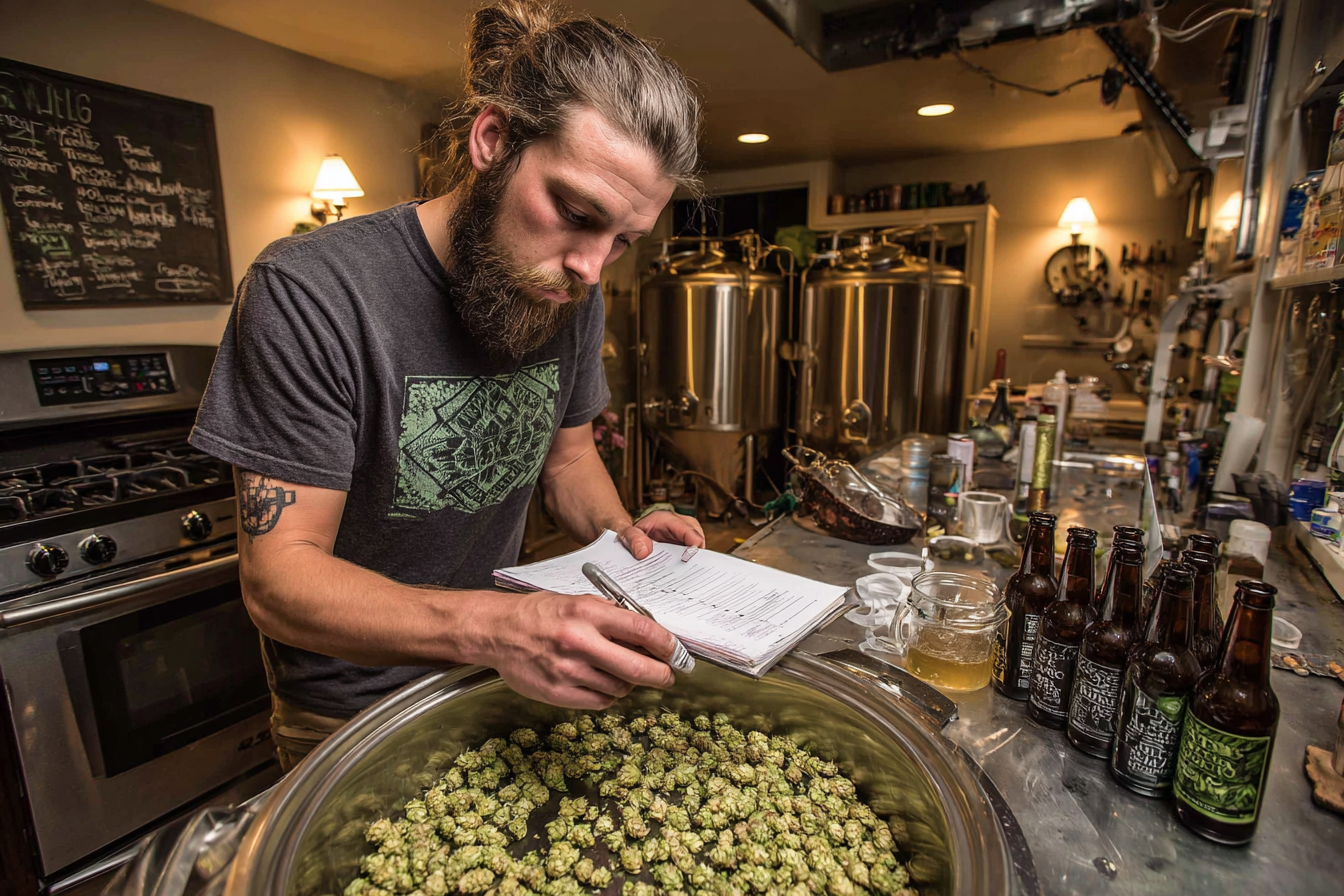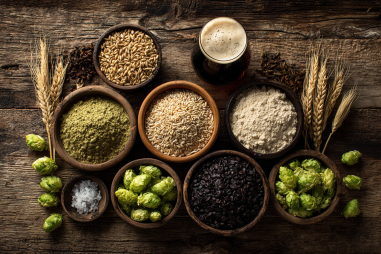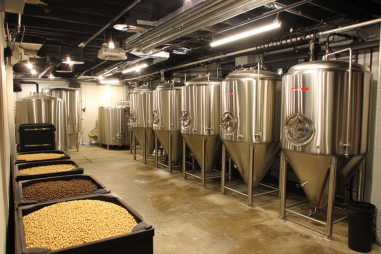Brewing a Brett IPA at home is an exciting adventure that offers homebrewers the chance to explore the distinct, complex flavors brought by Brettanomyces yeast strains. Unlike typical ale yeasts, Brettanomyces contributes funky, earthy, and fruity notes that can make your IPA truly stand out. While this brewing style poses unique challenges, with the right techniques and attention to detail, you can craft a delicious, well-balanced Brett IPA that rivals those from professional breweries. In this article, we’ll cover essential tips to guide you through the entire process—from selecting ingredients to managing fermentation and aging—that will help you master the art of brewing a stellar Brett IPA.
Understanding the Role of Brettanomyces
Brettanomyces, often called “Brett,” is a wild yeast strain that imparts unique flavors and aromas absent in traditional Saccharomyces strains. When brewing a Brett IPA, understanding how Brett behaves is crucial for controlling the flavor profile and fermentation process. Unlike standard ale yeasts, Brett ferments more slowly and can digest sugars that Saccharomyces cannot, usually resulting in a drier beer with more complex phenolic and funky notes.
Brett’s flavor contributions can range from subtle barnyard and earthy tones to tropical fruit, pineapple, and citrus undertones. The key is balancing those funky characteristics with the bitterness and hop aroma of the IPA. Depending on the Brett strain chosen—such as Brett Bruxellensis, Brett Clausenii, or Brett Lambicus—expect variations in flavor intensity and fermentation vigor. Some brewers choose to co-pitch Brett alongside regular ale yeast to achieve a mix of clean and funky flavors. Others rely exclusively on Brett for a longer secondary fermentation that showcases this wild yeast fully.
Selecting the Right Hops and Malt for Brett IPA
Choosing complementary hops and malt is vital to highlight the Brett character without overwhelming or clashing with it. For hops, focus on varieties that bring bright citrus, tropical fruit, or pine notes, which partner well with Brett’s funky fruitiness. Popular hop choices include Citra, Mosaic, Amarillo, Simcoe, and Galaxy. These hops add vibrant aroma and bitterness that balance Brett’s funk and dryness.
When it comes to malt, less is often more. Aim for a lighter, moderately malt-forward base that provides enough sweetness to offset Brett’s attenuation but doesn’t mask the yeast’s characteristic flavors. Pale malt, Pilsner malt, and Vienna malt are good base choices, supplemented with a small percentage of specialty malts like CaraPils or light crystal malts to add body and malt complexity. Avoid heavy roasted malts, as they can compete with and obscure Brett’s delicate funkiness.
Managing Fermentation Temperatures
Fermentation temperature control is especially important when working with Brettanomyces. Brett strains generally ferment best between 68°F and 78°F (20°C to 25.5°C), though exact ranges depend on the strain. Higher fermentation temperatures in this range encourage Brett’s characteristic funky esters and phenols, while cooler temps suppress them for a cleaner profile.
Since Brett ferments slower than traditional ale yeast, be patient and maintain stable temperatures over an extended fermentation period, which can last anywhere from several weeks to a few months. Avoid high or fluctuating temperatures that could stress the yeast or encourage unwanted off-flavors. Using a temperature-controlled fermentation chamber or a fermentation heater pad with a controller can help ensure a consistent environment.
Timing and Techniques for Dry Hopping
Dry hopping is a crucial step in a Brett IPA to achieve an intense, fresh hop aroma that complements the wild yeast character. However, timing and technique matter greatly when incorporating dry hops with Brett fermentation.
- Early Dry Hopping: Some brewers add dry hops during active fermentation to encourage biotransformation—where yeast interact with hop compounds to create unique flavor compounds. This method enhances complexity but can reduce hop aroma intensity if fermentation is vigorous.
- Late Dry Hopping: Adding hops after primary fermentation is more traditional and preserves hop aroma intensity. Since Brett can take longer to finish fermenting, many homebrewers wait until signs of fermentation slowing down before dry hopping.
- Multiple Hop Additions: Using multiple dry hop stages allows extraction of different hop oils and flavor compounds over time.
To maximize hop aroma retention, minimize oxygen exposure during dry hopping, and consider using hop bags or mesh to simplify removing hops later. Also, dry hopping in the presence of Brett yeast may slightly increase hop biotransformation, so be prepared for interesting and evolving flavors over time.
Contamination Prevention Strategies
Brettanomyces is notorious for its robust nature and ability to persist in brewery environments, making contamination a real concern for homebrewers. Ensuring proper sanitation and contamination prevention is vital—not only to avoid spoiling other batches but also to control Brett’s impact on your Brett IPA itself.
- Dedicated Equipment: If possible, use separate fermenters, airlocks, hoses, and bottles for Brett beers to minimize cross-contamination.
- Thorough Cleaning and Sanitizing: Use a strong brewery-specific cleaner (like PBW) followed by effective sanitizers (such as Star San or Iodophor) on all equipment before and after use.
- Careful Storage: Avoid sharing yeast starters, transfer lines, or storage spaces between Brett and non-Brett batches.
- Good Brewing Hygiene: Always wear gloves, avoid touching sanitized surfaces with bare hands, and ensure airtight seals to keep wild yeast under control.
Patience and Aging Considerations
One of the most important factors in brewing a Brett IPA is patience. Brettanomyces ferments slowly and continues to develop the beer over extended aging. Unlike standard IPAs that may mature in weeks, Brett IPAs often benefit from several months to even a year of aging to allow the yeast to fully express its funk and complexity.
Consider aging your Brett IPA in glass carboys or stainless steel fermenters equipped with airlocks. Some brewers choose to carbonate and bottle early, then condition bottles for a long period, while others prefer extended aging in keg or bulk. Keep the aging environment cool and stable, and periodically taste the beer to track its development.
Remember that Brett can continue to alter flavor over time, mellowing sharp hop bitterness while enhancing fruity and funky notes. The extended aging process is part of what makes crafting Brett IPA a rewarding journey and ultimately leads to the unique and nuanced character loved by enthusiasts.
Troubleshooting Common Brewing Issues
Brewing a Brett IPA comes with potential pitfalls, but with knowledge and vigilance, you can troubleshoot common issues effectively.
- Slow or Stuck Fermentation: Brett ferments slowly, so patience is critical. If fermentation seems stuck, gently warming the fermentation vessel or swirling it to resuspend yeast can help restart activity.
- Off-Flavors: Excessive solvent, vinegar, or band-aid notes often indicate bacterial contamination or stressed yeast. Ensure proper sanitation and appropriate fermentation temperatures to mitigate this.
- Overly Funky or Sour Profile: Balancing your Brett strain choice with brewing process can limit overwhelming funk. Using a mixed yeast fermentation or co-pitching a clean ale yeast can moderate Brett’s impact.
- Hop Aroma Loss: Brett’s metabolism can reduce hop aroma if dry hopping is done very early. Try late dry hopping or minimizing dry hop contact time if this is an issue.
Keeping detailed brew logs and notes will also help you track what adjustments improve your batches over time.
Crafting Brewery-Quality Brett IPAs at Home
Mastering the art of brewing Brett IPAs at home is a rewarding endeavor that combines science, creativity, and patience. By understanding Brettanomyces’ unique behavior, thoughtfully selecting malt and hops, managing fermentation properly, and practicing diligent sanitation, you can produce complex, flavorful IPAs bursting with funky yet balanced character.
Remember, brewing with Brett is somewhat experimental, and each batch offers opportunities to refine your process and develop your palate. The excitement lies in waiting for your beer to evolve, revealing unexpectedly delightful aromas and tastes that only Brett can provide. Armed with these expert tips, you’re well on your way to impressing yourself and fellow beer lovers with an exceptional Brett IPA brewed right in your own home.







